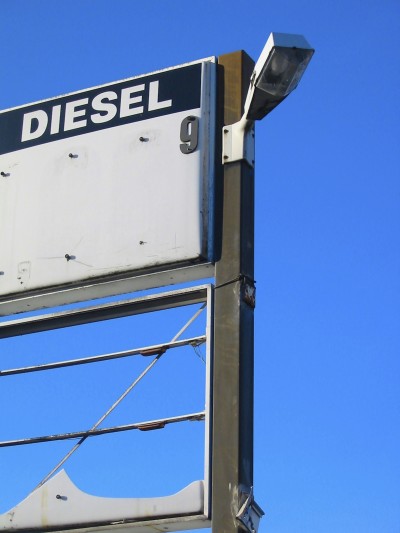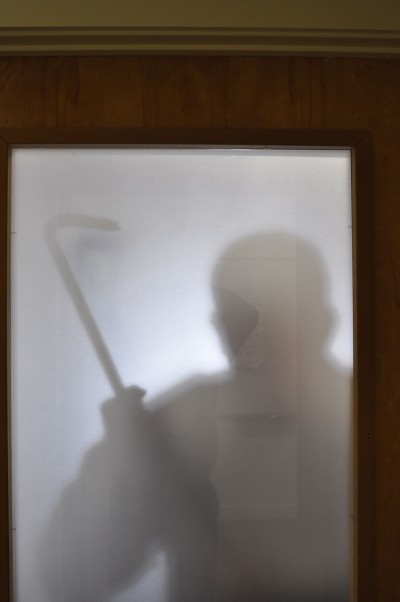1980s and 1990s
Even with co-extruded UV-resistant polymer cap layers, manufacturers continued to improve technology to enhance the weathering life of polycarbonates without sacrificing resistance to impacts and breakage.
Acrylic manufacturers also developed additives to improve the impact strength of their products, though they were not able to attain the same level of breakage resistance as polycarbonates. Resin additives generally meant trade-offs in a material’s original quality, such as lower rigidity, reduced performance or the potential for hazing during thermoforming.
2000s and 2010s
In recent years, LEDs have driven the development of new plastics for backlit faces and channel letters.
The rapid adoption of LEDs as a standard source of sign illumination attests to their benefits, including energy efficiency, lower long-term costs and design versatility, especially in terms of shallower sign cans and channel letters. And growth in LED production volumes has also led to lower upfront product costs.
The directional intensity of LEDs, however, can create ‘hot spots,’ inconsistent bright and dark patterns, shadowing or a ‘skeleton’ effect when sign faces use traditional acrylic and pigmented translucent polycarbonate materials, whether flat or thermoformed.
In response, manufacturers of both polycarbonate- and acrylic-based sign materials have continued to develop new options specifically with LED-lit signage in mind (although also applicable to signs with fluorescent or neon light sources). Sheet manufacturers have worked to diffuse the intense, pinpointed hot spots.
This has involved formulating resins specifically for uniform light diffusion. As such, the resulting sheet is illuminated consistently when viewed from any angle, without requiring a compromise in luminous intensity, resistance to breakage and/or UV resistance. They show minimal peaks in light intensity even when ‘deep-draw’ thermoformed to 50 per cent of their original thickness.
In the past few years, the range of light-diffusing plastics for sign faces has expanded to include all industry-standard colours. Manufacturers continue to work actively with distributors, signmakers and brand marketers to achieve greater levels of design versatility. In this way, plastic sheets will help expand possibilities for new LED applications for sign faces, channel letters and beyond.
Ken Licklider is a market development specialist for Bayer MaterialScience’s Sheffield Plastics polycarbonate sheet business. For more information, visit www.sheffieldplastics.com.







